

fetching latest news
News tagged in:

Louisiana’s Vermilion Parish will be home to a landmark CO2 transportation and storage project ExxonMobil is building to help the state’s industries reduce their emissions.
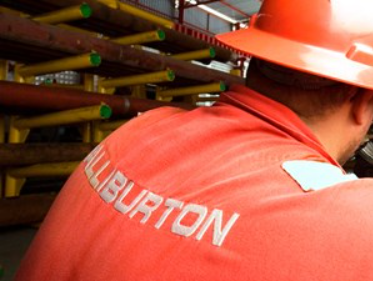
Halliburton Company has been awarded a contract to provide completions, liners, and monitoring products and services for the carbon capture and storage (CCS) system within the HyNet North West project in the Liverpool Bay (U.K.).

The leading representative body for the offshore energy sector, Offshore Energies UK, has responded to government plans to create a “treasure map” of the North Sea’s carbon storage capacity.
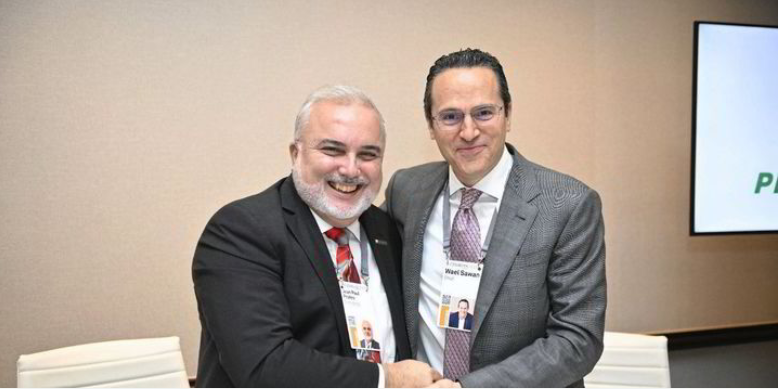
Brazilian oil giant Petrobras is preparing a pilot project for the capture and storage of industrial carbon dioxide emissions and is looking to build partnerships for the country's first full-scale CCS hub.
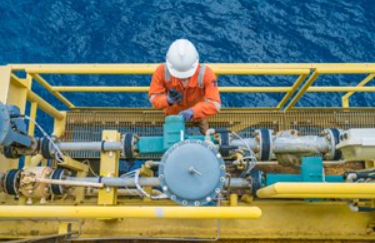
Harbour Energy issued a report setting out the significant economic benefits the Viking CCS CO2 transport and storage project can unlock in the Humber region.
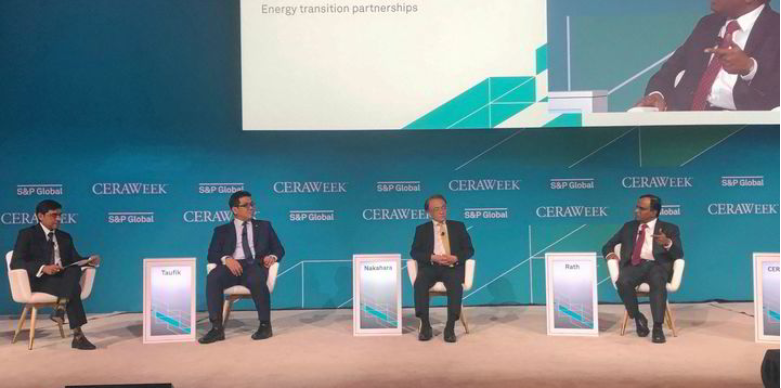
Petronas is aiming to take out 11.6 million tonnes of CO2 of emissions by 2025 and has identified depleted fields to apply CCS technology.
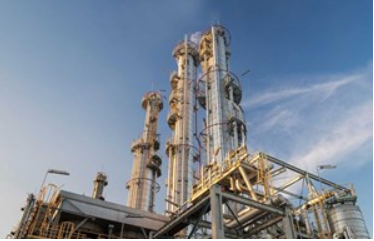
Owners of the world’s largest carbon capture facility plan to restore operations at the $1 billion plant three years after it shut down, providing a test case for a nascent industry that experts believe is essential in achieving climate goals.

If shipping is the beating heart of global trade, its pulse is about to get slower. Faced with uncertainty about which fuels to use in the long term to cut greenhouse gas emissions, many shipping firms are sticking with ageing fleets, but older vessels may soon have to start sailing slower to comply with new environmental rules. From next year, the International Maritime Organization (IMO) requires all ships to calculate their annual carbon intensity based on a vessel's emissions for the cargo it carries - and show that it is progressively coming down.

Baker Hughes will be acquiring technology company 3C. It is part of Baker Hughes's commitment to providing decarbonization solutions for carbon-intensive industries. 3C's rotating bed technology enhances the carbon capture process resulting in up to 75% smaller footprint and lower capital expenditures. With this agreement, 3C will get to upscale and commercialize its technology whereas Baker Hughes will be able to strengthen its strategy, technology, and manufacturing in the area of carbon capture.

Equinor, Total and Shell intend to set up a joint-venture company and initially invest close to NOK 6.9 billion (USD 682.3m/EUR 629.4m), with some 57% of the amount going to Norwegian contractors. Northern Lights is part of the Norwegian full-scale CCS project which will include capturing carbon dioxide (CO2) from up to two industrial plants.

Norwegian accredited registrar, DNV GL has approved Aker Solutions' carbon capture and heat recovery technology as qualified, paving the path for a full-scale demonstration project in Norway to eliminate carbon emissions at a cement plant. The post-combustion technology developed by Aker intends at capturing and liquefying 400,000 tons per year of the released carbon dioxide at the Norcem plant.

In a welcome move, the UK government has announced major funding for multiple carbon capture schemes in its Budget for 2020. Although UK chancellor Rishi Sunak refrained from mentioning any new measures for North Sea oil and gas extraction, his first budget laid emphasis on environment-friendly investment. The UK Committee on Climate Change has proposed the country’s first carbon capture, utilisation and storage (CCUS) facility and it should be operational by 2026.

Australian E&P major, Santos has inked a non-binding agreement with oil supermajor, BP which will pave the path for A$20 million investment in Australia's Moomba carbon capture and storage (CCS) project. The project aims at capturing 1.7 million tonnes of carbon dioxide currently separated from natural gas at the Moomba gas processing plant each year. This captured carbon will be then reinjected into the same geological formations.

TGS has completed its study of carbon capture storage in Canada for a major oil and gas company. This study helped TGS understand the latest geological carbon storage locations onshore and offshore. Its collaboration with Canadian Discovery Limited (CDL) provided with world-class basin evaluation expertise, subsurface data library, and geological knowledge. The activity was carried out throughout British Columbia and led to the creation of framework for carbon storage assessment.
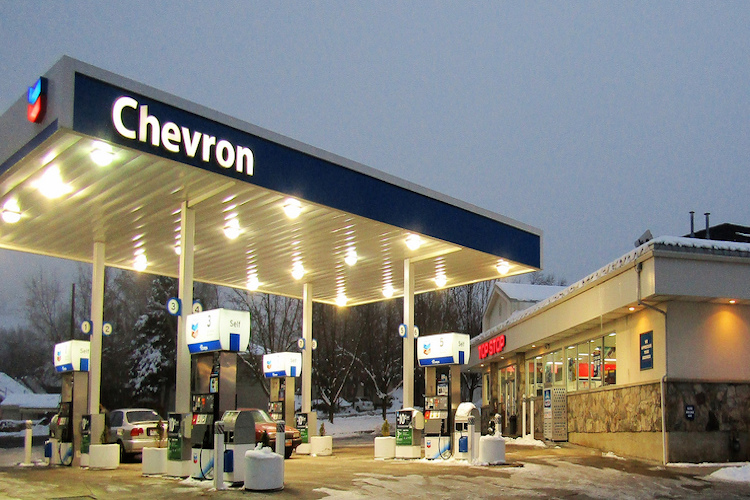
Chevron Technology Ventures (CTV) is performing a pre-FEED study for the trial of carbon-capture technology in its operations. Together with Svante Inc, the company will evaluate the feasibility and design of a 10,000 ton per year carbon capture unit at its facilities in California. “At Chevron, we believe our industry is well-positioned to help commercialize carbon capture, utilization and storage technologies that will be essential for the energy transition”, said CTV.
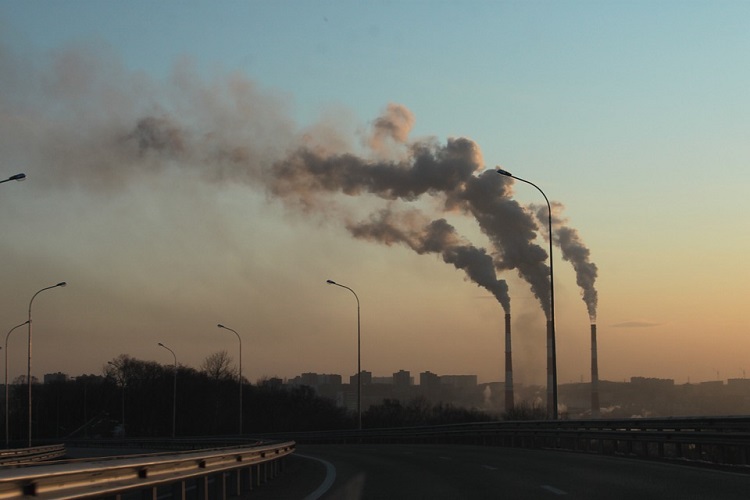
Ahead of its annual stakeholder dialogue event, the Oil and Gas Climate Initiative (OGCI) has kickstarted a series of initiatives to facilitate carbon capture, use and storage (CCUS) and reduce emissions. The initiative is projected to unravel huge investments in CCUS and create the necessary conditions for a CCUS industry. The OGCI is looking to double the volume of CO2 currently stored worldwide before 2030.
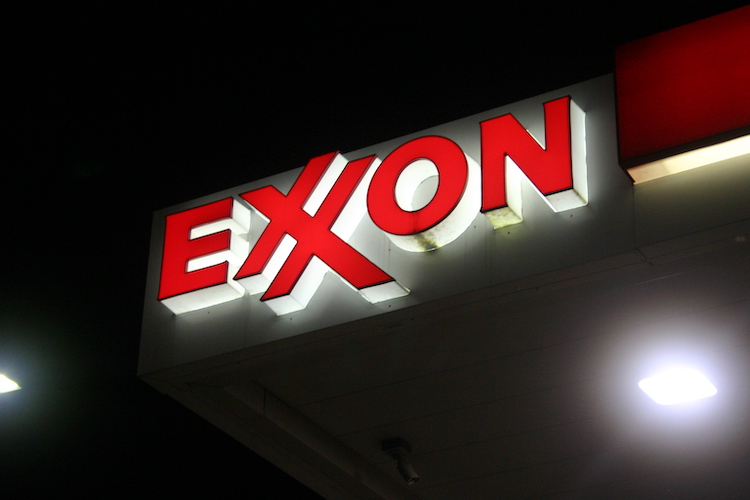
Energy major, ExxonMobil and Mosaic Materials have entered into an agreement to work on reducing carbon dioxide from emissions sources. Mosaic has made progress in its research on a process involving porous solids to separate carbon dioxide from air or flue gas. Exxon has said that this agreement will add to its carbon capture technology research portfolio.
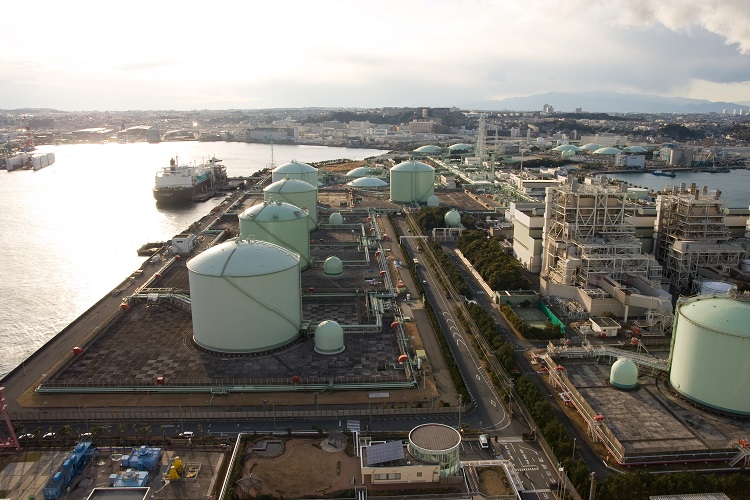
Chevron Corp yesterday informed about launching one of the world’s largest carbon capture and storage projects. The project involves infusing carbon dioxide into a deep reservoir under an island off Western Australia at Chevron’s Gorgon LNG project. Chevron said that approximately 3.4 to 4 million tonnes of CO2 will be buried every year after the facility reaches full capacity. Gases emitted from the Gorgon field contain at least 14% CO2.